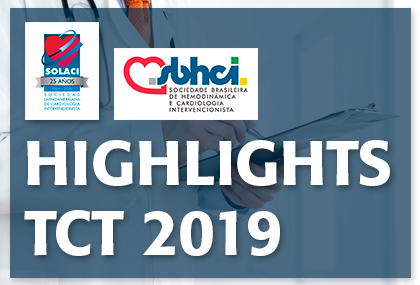Courtesy of SBHCI.
Mitral valve repair with a MitraClip device is a complex procedure that requires that operators develop a series of skills that may be unusual for them, such as analyzing an echocardiography.

In this registry, researchers assessed the relationship between operator experience and procedural outcome.
Operators were classified into 3 groups: 1 to 25 procedures conducted, 26 to 50 procedures conducted, and 50+ procedures conducted. Researchers assessed the rates of procedural success, procedural time, and in-hospital complications.
The study analyzed 14,923 MitraClip procedures conducted by 562 operators in 290 sites. Optimal success rates (regarded as mitral regurgitation grade 1 or less) increased alongside operator experience (63.9%, 68.4%, and 75.1%, respectively; p < 0.0001). Acceptable success rates (regarded as regurgitation grade 2 or less) also increased alongside the number of procedures conducted (91.4%, 92.4%, and 93.8%; p < 0.001).
The cutoff point as regards the success rate and the rate of complications was clear at 50 procedures, but outcomes continued improving up to 200 procedures.
Courtesy of SBHCI.
Link to the SBHCI publication HERE
Original Title: STS/ACC TVT Registry: MitraClip Operator Volume-Outcome Relationship in the United States.
Author of the original title: Adnan K. Chhatriwalla.
Get the latest scientific articles on interventional cardiologySubscribe to our weekly newsletter
We are interested in your opinion. Please, leave your comments, thoughts, questions, etc., below. They will be most welcome.





